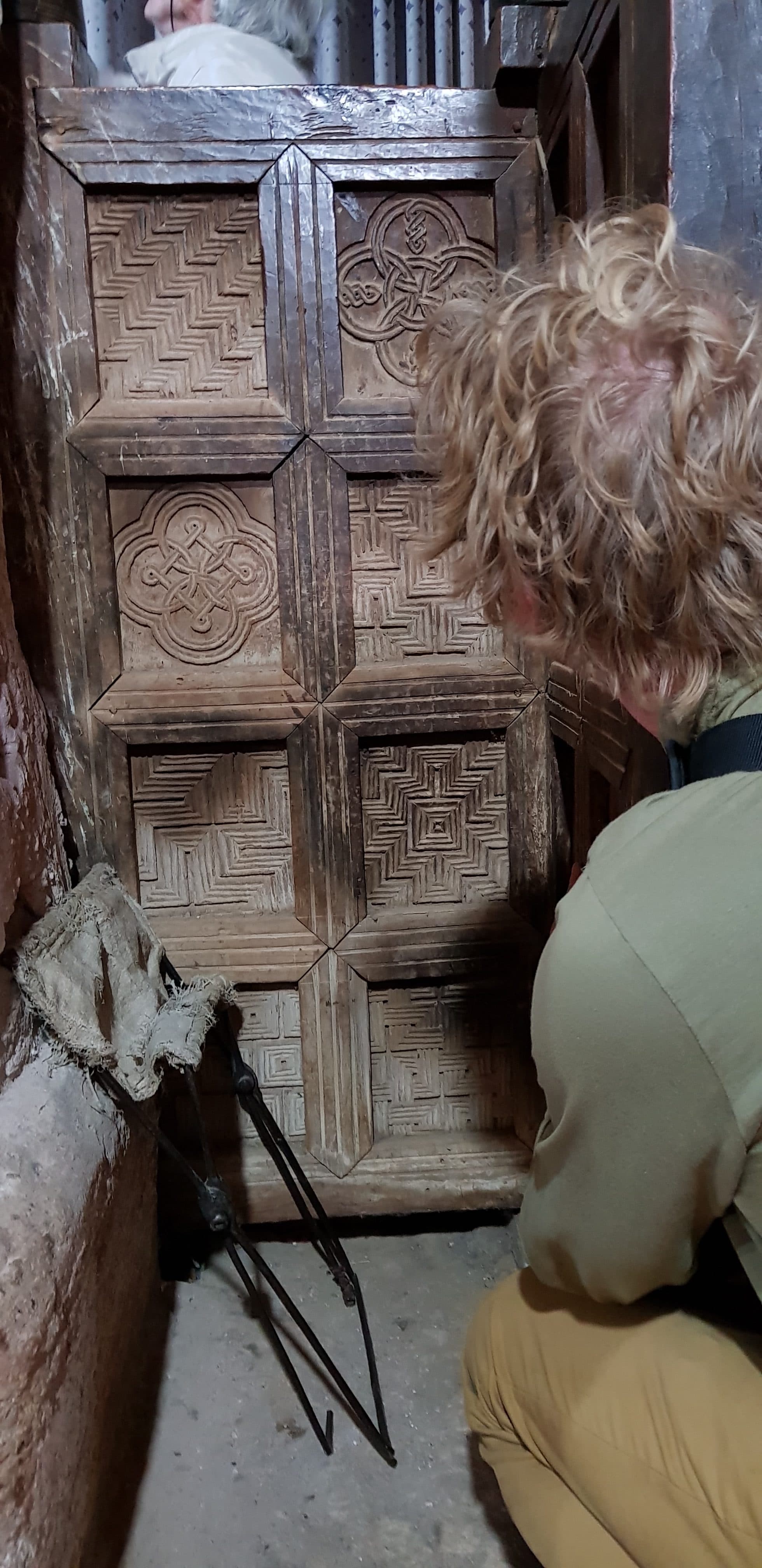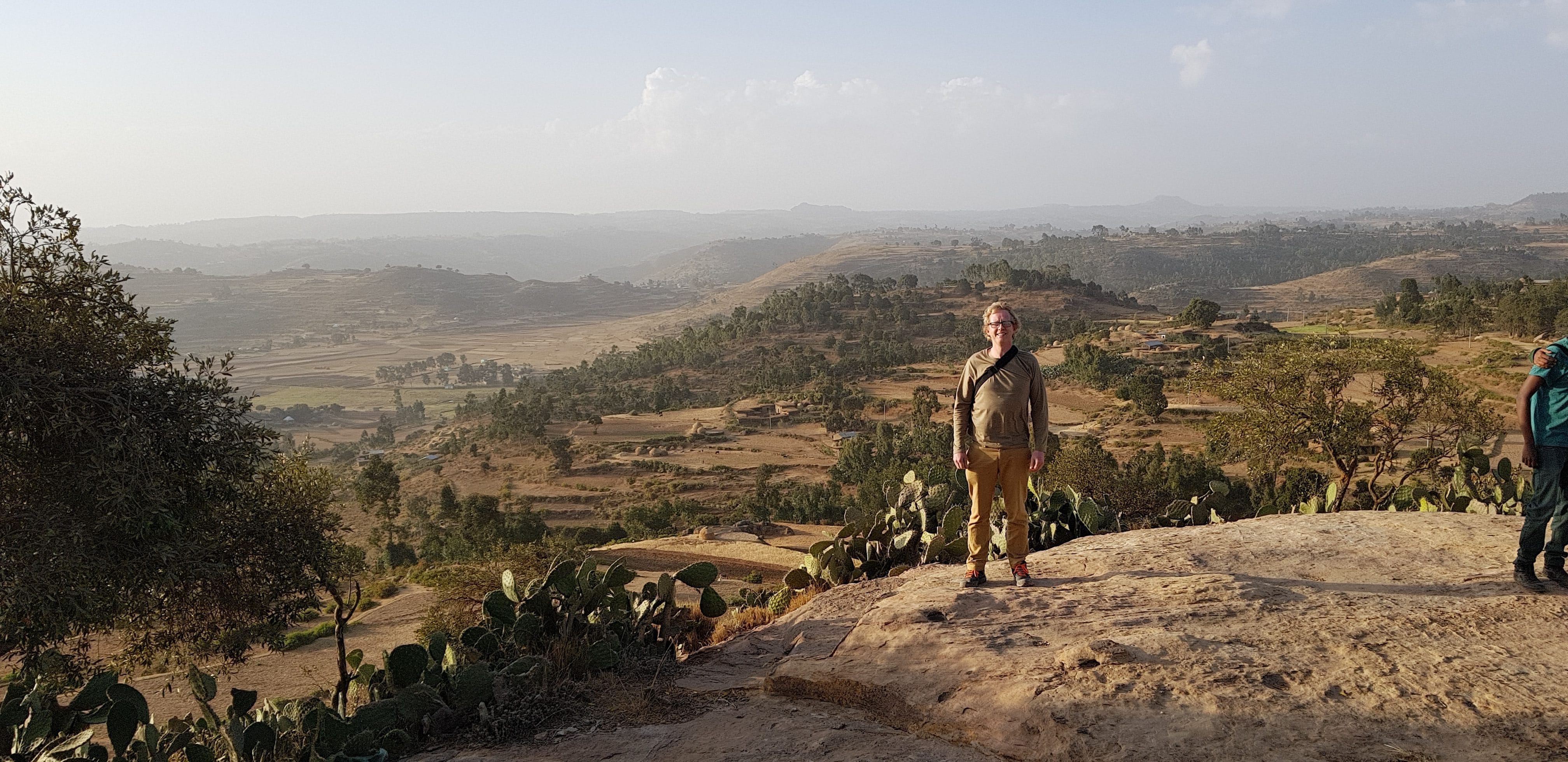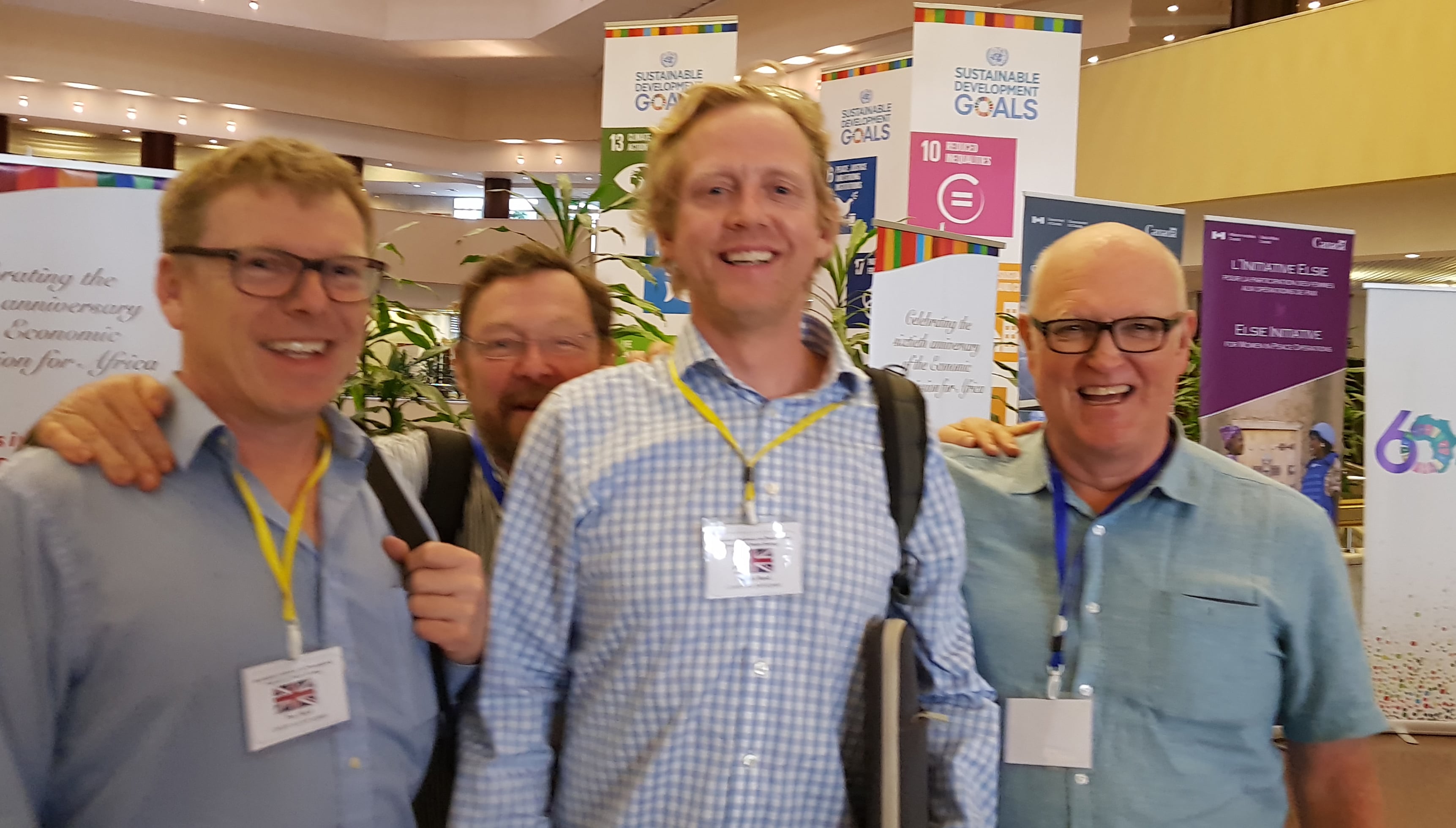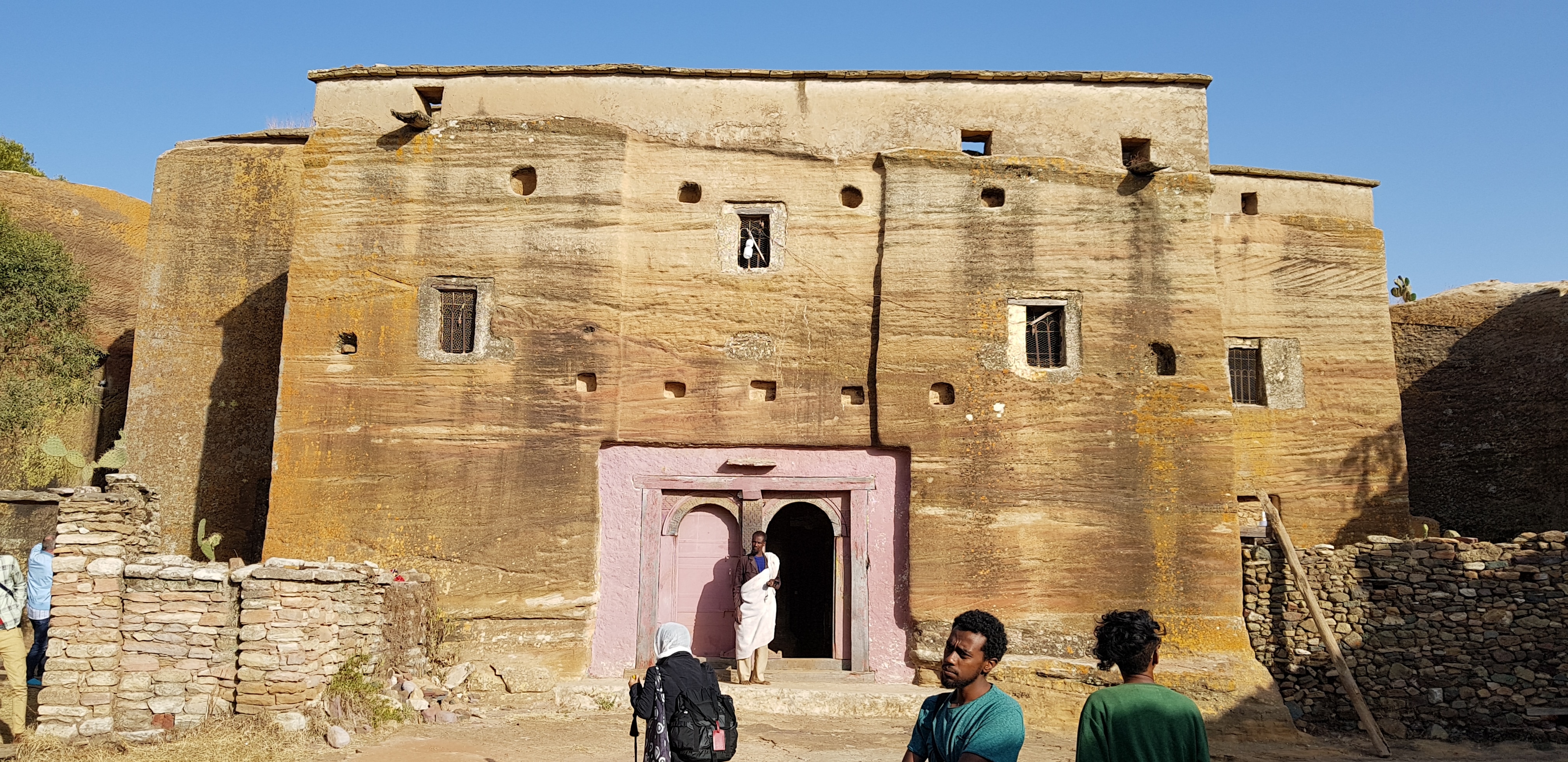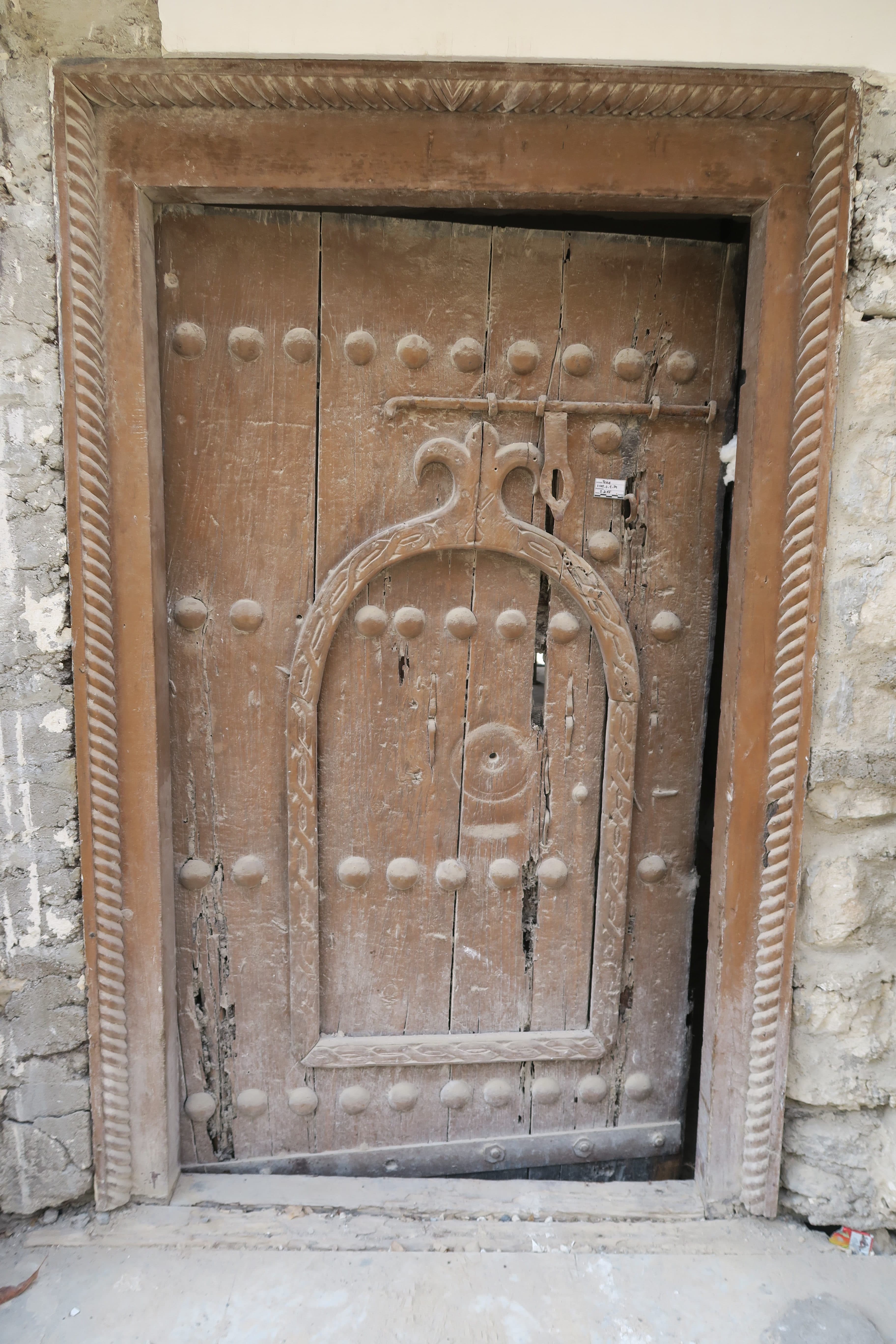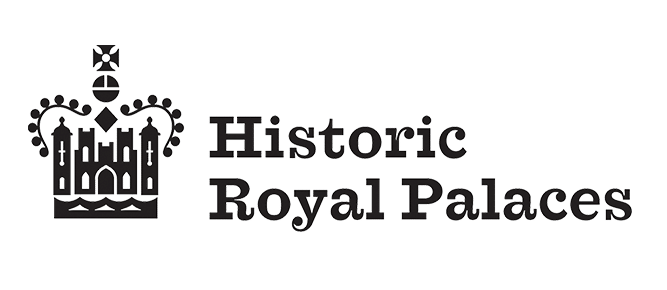When you work with your head firmly in the past and your nose only inches away from the well-turned leg you are repairing; or a section of 300 year old panelling ready for waxing, it may take a while for it to dawn on you that your knowledge and experience have a wider application – maybe even a global significance. It is true that a large part of my work these days involves assessing the age and condition of tired or damaged historic woodwork, and creating a detailed method statement for clients – or their agents, for them to understand exactly what bringing their project back to original condition will entail. But I have never lost the love of getting my hands dirty and using the traditional skills I learned as a teenage apprentice to bring a beautiful piece of furniture or architectural timber back to life. There’s a thrill in seeing the colour and grain emerge, honed by centuries of history; or speculate on the royal feet that have worn away the oak floorboards in a royal palace that I am personally buffing to a warm glow.
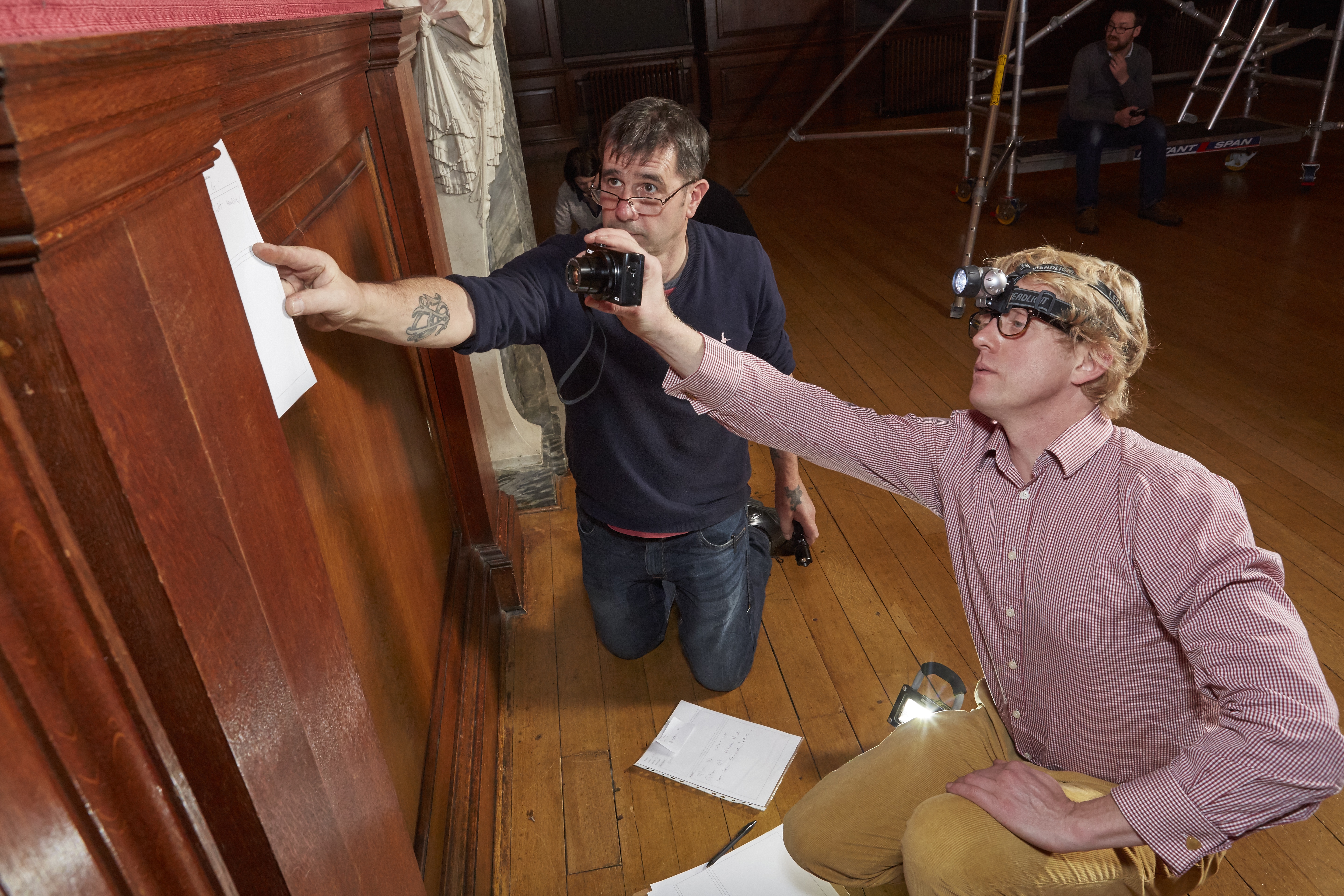
After more than 30 years of working with historic timbers in every kind of condition, including centuries of neglect and complete saturation following water damage, acting as a consultant in my field gives me equal pleasure; and I must admit I really enjoy this more advisory role. Everyone that knows me is accustomed to my irrepressible enthusiasm for the history and treatment of traditional woodwork, from early witch marks to the finer points of French polishing. Earlier this year for example, I was able to travel across Ethiopia to examine timbered buildings more than 1300 years old as a committee member of an official ICOMOS (International Council on Monuments and Sites) delegation. Not only did I get to make a presentation at the African UN HQ, to delegates from around the world, on the importance of more sensitive timber restoration and preservation, I made an exciting discovery of apotropaic marks and symbols comparative to those found in the UK, which suggested they go back at least 5,000 years and are pre-Christian in origin. (see: apotropaicethiopia.wordpress.com in conjunction with Charles ES Fairey). I was subsequently invited to be an international member of ICOMOS which no doubt will offer further exciting possibilities to experience historic sites world-wide – and I’m looking forward to it, when I can spare the time!
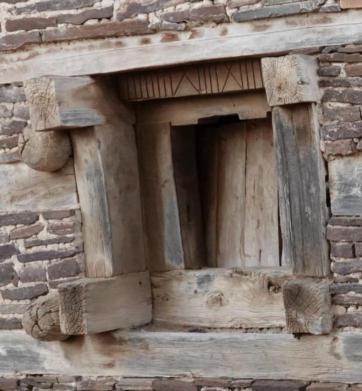
It is an unavoidable fact that hands-on restoration of period timbers is a slow and rewarding process: to be authentic, it is essential that only traditional tools and techniques are used and it is a process that can’t be hurried. But consultancy work in my area of expertise can be exciting and rewarding too: it enables me to input on more projects and hopefully contribute towards the renovation of features that may otherwise have been lost to posterity. A case in point is a recent collaboration with Michael Foley (www.standardheritage.uk) where a wonderfully characterful timber floor would have been levelled and lost its charm and place in history without intervention. Working as a consultant has even given me the opportunity to travel to Abu Dhabi to advise on the renovation of the ancient Fort/ Royal Palace Qasr al-Hosn Fort in the United Arab Emirates: forts and castles, royal palaces and manor houses, historic commercial buildings and manor houses – every commission is an adventure into the past and increases my knowledge and experience further.
